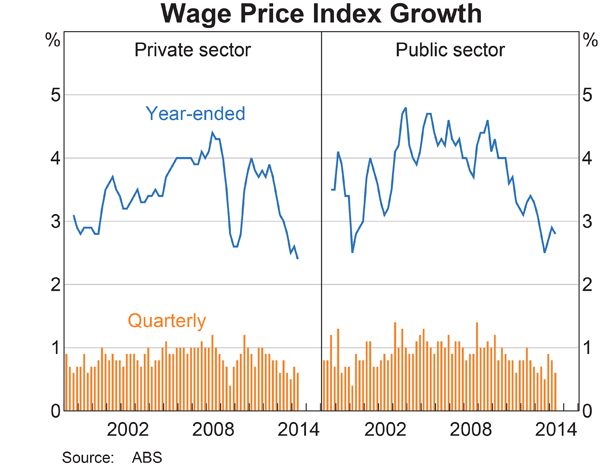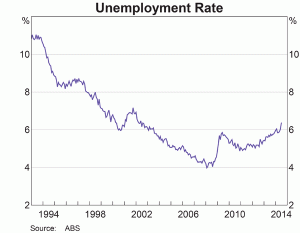
by Chris Becker
It seems the RBA’s intent to goose the Australian economy in the great hand-off from mining to [insert] something else, while accidentally blowing a housing bubble, is paying off in one area: stress!
Dun and Bradstreet are out today with a new forecast of higher stress, amid a backdrop of growing unemployment, low wage rises and elephant in the room consumer debt levels:
Despite easing to 18.4 points in the June quarter, from 19.7 points last year, Dun & Bradstreet’s Consumer Financial Stress Index is forecast to hit 25.3 points by the end of this month, the second-highest level in the four-and-a-half year history of the index.
The rising index, which measures consumer activity, demand, capacity and confidence, is being driven by increases in the number of consumers with an adverse credit history and individuals with a greater likelihood of failing to make their repayments.
D&B’s analysis follows figures from the Australian Bureau of Statistics that show household debt at a 25-year high, and June quarter findings from the Australian Financial Security Authority (AFSA) that personal debt agreements during the June quarter were the highest quarterly number on record.

The major concern is of course wages growth – not exactly setting new records as unemployment rises:


“The rising index is concerning, but not surprising, given that inflation is now outstripping wages growth,” said Steve Brown, Director of Consumer Risk Solutions at Dun & Bradstreet.
“What’s particularly worrying, is that this rising stress is coming at a time when we have very low interest rates and a relatively steady jobs market.
“These findings also have the potential to undermine the positivity we’ve seen in the business sector, which is generally indicating it expects greater growth, increased sales and higher profits than last year….
Across all states and territories, however, financial stress is forecast to rise for the third quarter of the year, with Western Australia, Northern Territory and South Australia set to move from a negative to a positive reading. An index below zero indicates less financial stress, while a positive number indicates increased stress.

Luckily, the RBA has heaps of room to cut interest rates to get things going again in time for Christmas…..